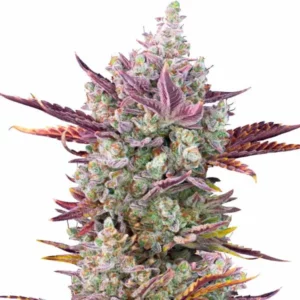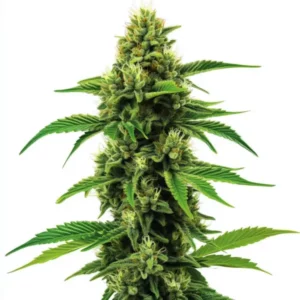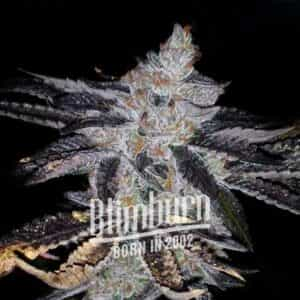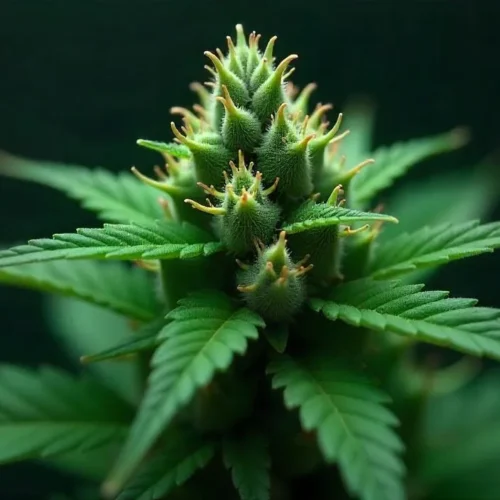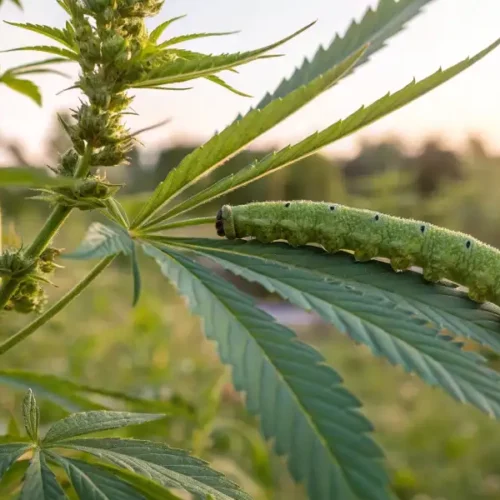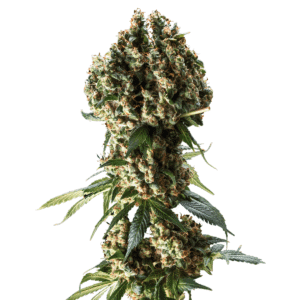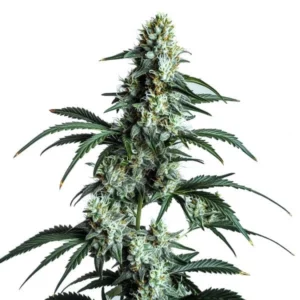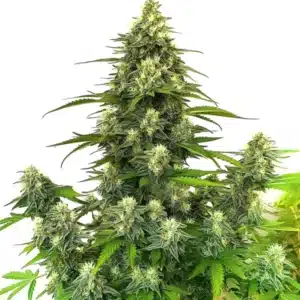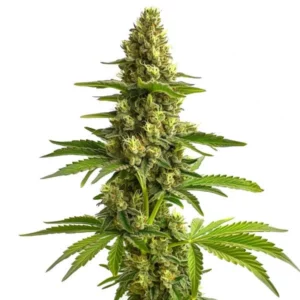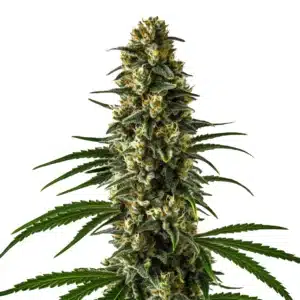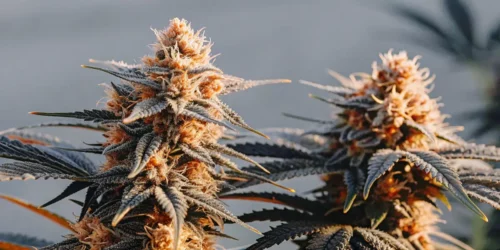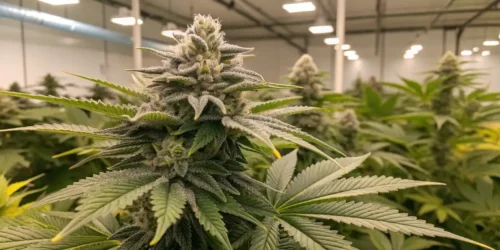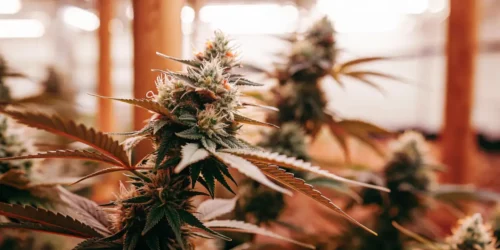Over 100 different compounds have been identified, each contributing to the complex effects of cannabis through various interactions with the body’s endocannabinoid system. This system helps regulate a wide array of physiological processes including mood, memory, appetite, and pain sensation. In this article, we will explore the different aspects of these compounds, their effects, and provide an informative chart to showcase their diversity and functions, including emerging forms like THCA Diamonds.
Cannabinoids are a class of diverse chemical compounds that act on cannabinoid receptors in cells that alter neurotransmitter release in the brain. Found primarily in the Cannabis sativa plant, these substances are central to the plant’s effects on mood, consciousness, and perception. The most recognized cannabinoids are tetrahydrocannabinol (THC) and cannabidiol (CBD), each offering distinct effects and benefits. Newer concentrates, such as THCA Diamonds, are gaining popularity for their high potency and purity, further expanding the range of options available for consumers.
Recommended Strains
CBD Candyland
 THC: 5% - 7%
THC: 5% - 7% Type of seed: CBD
Type of seed: CBD Phenotype: Mostly Sativa
Phenotype: Mostly Sativa Day to flower: 8 - 10 weeks
Day to flower: 8 - 10 weeks
CBD Cafe Racer
 THC: 0.12%
THC: 0.12% Type of seed: CBD
Type of seed: CBD Phenotype: Mostly Sativa
Phenotype: Mostly Sativa Day to flower: 8 - 9 weeks
Day to flower: 8 - 9 weeks
Origin and Varieties
These compounds originate naturally in the cannabis plant—hence their name—but can also be synthesized in laboratories. Naturally occurring in the plant, these chemicals are produced as a form of protection against herbivores, ultraviolet light, and environmental stress. There are over 100 different compounds identified in cannabis, each contributing in various ways to the plant’s effects.
Promos & Deals
How Cannabinoids Work
Cannabinoids interact with the human body through the endocannabinoid system (ECS), a complex network of receptors spread throughout the brain and body. The ECS regulates numerous physiological processes including pain sensation, memory, appetite, and mood. The two primary receptors in the ECS are CB1 and CB2:
- CB1 receptors are primarily found in the brain and central nervous system and are responsible for cannabis’s psychoactive effects.
- CB2 receptors are more often found in the peripheral organs, especially cells associated with the immune system.
Cannabinoids bind to these receptors, mimicking the body’s endogenous endocannabinoids, thus influencing our bodily systems.
Types
- Phytocannabinoids: Naturally occurring in cannabis, these include THC, CBD, cannabigerol (CBG), and cannabinol (CBN) among others.
- Endocannabinoids: These are produced naturally in the human body; anandamide and 2-arachidonoylglycerol (2-AG) are the most studied.
- Synthetic Cannabinoids: Created in laboratories, these can mimic natural cannabinoids and are often used in research and clinical settings.
THC vs. CBD
- THC (Tetrahydrocannabinol) is the primary psychoactive component of cannabis, known for its euphoria-inducing effects. It binds predominantly to CB1 receptors in the brain, leading to the psychoactive outcomes commonly associated with marijuana use.
- CBD (Cannabidiol) does not cause psychoactive effects and instead offers anti-inflammatory, anti-anxiety, and anti-seizure properties. CBD interacts with a variety of receptors and enzymes in the body and can modulate the psychoactive effects of THC, providing a balancing effect.
Medical and Therapeutic Use
Cannabinoids have been used for therapeutic purposes for thousands of years, with current research focusing on their potential to treat chronic pain, anxiety, epilepsy, and multiple sclerosis, among other conditions. Their ability to interact with the ECS makes them versatile in addressing a variety of health issues.
Gaining knowledge about cannabinoids is essential for both consumers and medical professionals, as it offers insights into their effects, risks, and potential benefits. As research advances, the possibilities for therapeutic applications continue to grow, offering new treatments and improved management of existing conditions.
Total Cannabinoids Meaning
The term “total cannabinoids” refers to a key measurement in the cannabis industry, representing the full range of content in a product. This includes both major and minor compounds, in both active and inactive forms. Knowing the total content helps assess the product’s potency, effects, and whether it fits specific therapeutic or recreational needs.
Composition of Total Cannabinoids
Total cannabinoids are comprised of a wide variety of individual cannabinoids present in the cannabis plant. This includes:
- Primary Cannabinoids: Such as THC (tetrahydrocannabinol) and CBD (cannabidiol), which are most commonly associated with the plant’s effects.
- Secondary Cannabinoids: Such as CBN (cannabinol), CBG (cannabigerol), and CBC (cannabichromene), which occur in smaller amounts but can significantly influence the therapeutic effects and profile of the product.
- Acidic Precursors: Cannabinoids such as THCA (tetrahydrocannabinolic acid) and CBDA (cannabidiolic acid) are non-psychoactive precursors to THC and CBD found in the raw plant. These convert to their active forms when heated (decarboxylated).

Importance in Product Labeling and Regulation
The measurement of total cannabinoids is not only important for consumers but also for producers and regulators:
- Consumers: Knowing the total cannabinoid content allows consumers to more accurately predict the effects of a cannabis product, whether they’re aiming to ease symptoms like pain or anxiety, or searching for particular psychoactive experiences.
- Producers: For cultivators and manufacturers, knowing the total cannabinoid content helps in breeding and chemotype selection, ensuring consistency and quality control across product batches.
- Regulators: Regulators use the total cannabinoid content to ensure that products meet legal specifications and labeling requirements, providing a standardized metric that can be used to ensure consumer safety and compliance with local cannabis laws.
Impact on Effects and Efficacy
The total content is a determining factor in the overall effect profile of a cannabis product. This is because these compounds work synergistically through what is known as the “entourage effect.” This theory suggests that the therapeutic impact of the whole plant is greater than the sum of its parts due to the complex interplay between these compounds, terpenes, and other chemical compounds.
- Psychoactive Effects: A higher total THC content generally indicates a more potent psychoactive potential, whereas a balanced THC and CBD content might offer milder, more manageable effects.
- Therapeutic Effects: For medical users, the presence of a broad spectrum of cannabinoids might enhance anti-inflammatory, anti-anxiety, or analgesic properties.
Analyzing Total Cannabinoids
The analysis of total compounds is typically carried out using advanced techniques such as high-performance liquid chromatography (HPLC). This method allows for the precise measurement of each compound’s concentration, providing a detailed profile for product formulation and consumer information.
The concept of total compounds offers valuable insights into the chemical complexity of the cannabis plant and its potential effects on the human body. Whether for regulatory compliance, consumer safety, or product development, accurately measuring total compounds is essential in the evolving landscape of cannabis consumption and therapy.
Strongest Cannabinoids
When discussing the strongest cannabinoids, it’s important to define what “strong” means in this context. Strength can refer to the potency of psychoactive effects, as well as the intensity of therapeutic benefits. Among the myriad of cannabinoids produced by the cannabis plant, some are particularly notable for their powerful effects.
THC: The Primary Psychoactive Cannabinoid
Tetrahydrocannabinol (THC) is the most well-known and potent psychoactive cannabinoid found in cannabis. It is primarily responsible for the euphoric and intoxicating effects associated with marijuana use. THC binds directly to CB1 receptors in the brain, leading to feelings of euphoria, altered senses, changes in the perception of time, and increased appetite. The strength of THC’s effects makes it a focal point for both recreational use and medical research.
THCV: A Variant with a Twist
Tetrahydrocannabivarin (THCV) is another potent cannabinoid, similar in molecular structure to THC, but offering distinctly different effects. While it can induce psychoactive effects similar to THC at high doses, THCV is known for suppressing appetite at lower doses, which contrasts with THC’s tendency to increase appetite. Additionally, THCV has been shown to regulate blood sugar levels and reduce insulin resistance, making it a subject of interest for potential treatment of type 2 diabetes and obesity.
CBN: The Powerful Sedative
Cannabinol (CBN) is another strong cannabinoid, known primarily for its powerful sedative effects. CBN is created when THC is oxidized; exposure to air and light over time converts THC to CBN. Although CBN is only mildly psychoactive compared to THC, its ability to induce relaxation and sleepiness makes it highly valued, particularly for individuals struggling with insomnia.
CBD: Strong Therapeutic Effects without Psychoactivity
Cannabidiol (CBD) is renowned not for its psychoactivity—since it has none—but for its robust therapeutic properties. CBD interacts with multiple receptor pathways in the body and is known for its potential to treat a wide array of medical issues without producing the high associated with THC. Its applications are broad, including alleviation of chronic pain, anxiety, epilepsy, and inflammatory diseases. The strength of CBD lies in its versatility and its appeal as a treatment option for those who do not wish to experience the psychoactive effects of other cannabinoids.

Evaluating the Strength of Cannabinoids
The strongest compounds are typically evaluated based on their binding affinity to cannabinoid receptors and their pharmacological effects. Research continues to reveal how these compounds interact with the body’s endocannabinoid system and other molecular targets. For instance, emerging compounds like CBC (cannabichromene) and CBG (cannabigerol) are being studied for properties that could rival or exceed those of the more well-known compounds.
The strongest cannabinoids each possess unique characteristics that can significantly impact both the mind and body. Recognizing these effects is essential for both users and healthcare providers to fully harness their benefits and manage their use effectively. Whether seeking relief from physical symptoms or exploring psychoactive experiences, the power of these cannabinoids offers promising potential across a wide range of applications.
Total Active Cannabinoids
The concept of “total active cannabinoids” plays a key part in measuring the potency and therapeutic effectiveness of a cannabis product. This term refers to the amount of cannabinoids in a product that are bioavailable and able to interact with the body’s endocannabinoid system, leading to physiological effects. It is an important metric for consumers, especially medical marijuana patients, as it helps them determine how much of a product’s cannabinoid content contributes to achieving the desired therapeutic benefits.
Definition and Importance
Total active cannabinoids are the sum of all cannabinoids in a product that are ready to exert their effects upon consumption. This includes both the naturally active forms found in the plant and those that become active through decarboxylation, a process where cannabinoid acids, like THCA and CBDA, are heated to convert them into THC and CBD, respectively.
Knowing the total active cannabinoids is important for several reasons:
- Dosage Accuracy: For medicinal users, precise dosing is critical. Knowing the active levels helps in administering the correct dose to achieve desired therapeutic effects without undue side effects.
- Product Labeling: Accurate information on total active cannabinoids aids consumers in making informed choices, comparing products, and finding the right fit for their needs, based on strength and potential effectiveness.
- Regulatory Compliance: In many regions, cannabis products must meet specific requirements for THC and CBD levels, necessitating accurate measurement of all active components.
Impact on Consumer Experience
The total active cannabinoid content directly influences the intensity and duration of the cannabis effect. Products with a high concentration of active THC are likely to produce strong psychoactive effects, while those with a higher proportion of active CBD may offer more subdued, therapeutic benefits without intense psychoactivity. This balance is critical for those seeking specific outcomes, such as pain relief, anxiety reduction, or sleep enhancement.
Measurement and Analysis
The measurement of total active cannabinoids typically involves sophisticated laboratory techniques, such as liquid chromatography or gas chromatography. These methods are not only used to determine the levels of THC and CBD but also other active cannabinoids like CBN (cannabinol), which may provide sedative effects, or CBG (cannabigerol), known for its anti-inflammatory properties.
By analyzing the cannabinoid profile, manufacturers can ensure their products are consistent in quality and efficacy. This analysis also supports breeding and cultivation practices aimed at enhancing certain therapeutic cannabinoids within the plant.
Practical Applications
For consumers, knowing the total active cannabinoids can help customize the cannabis experience to suit personal needs and preferences. For example, someone managing chronic pain may prefer a product rich in both THC and CBD, offering a combination of pain relief and anti-inflammatory benefits. On the other hand, a person focused on cognitive effects might opt for a product with a higher concentration of active THC.
Cannabinoids Chart
A cannabinoids chart is a valuable tool for visualizing the variety and potential effects of cannabinoids found in cannabis. Such a chart helps consumers, medical professionals, and researchers quickly understand the differences and uses of each cannabinoid. By providing a detailed breakdown, a cannabinoids chart can demystify the complexity of cannabis components and guide users in selecting products that meet their specific needs.
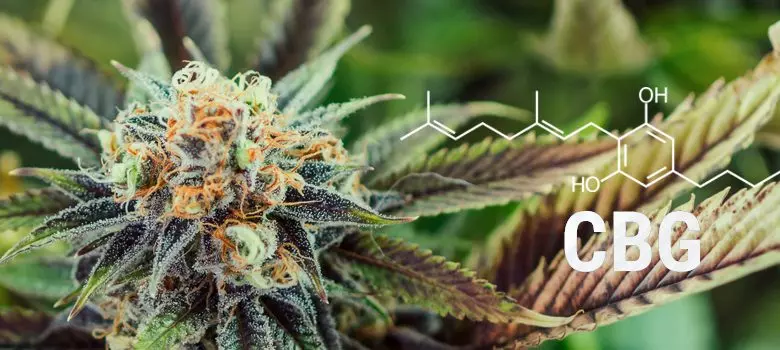
Components of a Cannabinoids Chart
A comprehensive cannabinoids chart typically includes several key pieces of information for each cannabinoid:
- Name: The chemical name of the cannabinoid, such as THC, CBD, CBG, etc.
- Formula: The molecular structure or formula, providing insight into the chemical composition.
- Effects: A brief description of the effects and benefits associated with each cannabinoid, including therapeutic and psychoactive effects.
- Boiling Point: The temperature at which each cannabinoid evaporates, important for consumption methods like vaping or smoking.
- Solubility: Information on how each cannabinoid dissolves in different substances, affecting how they can be formulated and administered.
Sample Cannabinoids Chart
Here’s an example of what a cannabinoids chart might look like, including some lesser-known cannabinoids alongside the commonly recognized ones:
| Cannabinoid | Effects | Common Sources | Boiling Point | Solubility |
|---|---|---|---|---|
| THC | Psychoactive, pain relief | Most cannabis strains | 157°C | Alcohol, oil |
| CBD | Anti-inflammatory, non-psychoactive | Hemp, high-CBD strains | 160-180°C | Alcohol, oil |
| CBG | Antibacterial, neuroprotectant | Young cannabis plants | 52°C | Alcohol, oil |
| CBN | Sedative, pain relief | Aged cannabis | 185°C | Alcohol, oil |
| CBC | Anti-inflammatory, antiviral | Lesser known strains | 220°C | Alcohol, oil |
| THCV | Appetite suppressant, energy | African sativa strains | < 220°C | Alcohol, oil |
This chart highlights the individual characteristics and benefits of cannabinoids while also explaining their practical applications, including their effectiveness across various consumption methods.
Utilizing a Cannabinoids Chart
A cannabinoids chart is particularly useful in several scenarios:
- Educational Purposes: For new users or those training in the cannabis industry, such charts provide a clear, quick reference to understand the basic properties and effects of each cannabinoid.
- Product Development: Manufacturers can use the chart to create targeted products based on the boiling points and solubility of cannabinoids, tailoring products to specific consumer needs.
- Medical Use: Medical professionals might use a cannabinoids chart to recommend specific cannabis strains or products that align with the therapeutic needs of their patients, ensuring a more precise treatment approach.
Frequently Asked Questions About Cannabinoids
The fascinating world of cannabinoids generates many questions, especially as the legal landscape and scientific research around cannabis evolve. Below, we delve into some of the most frequently asked questions to shed light on key aspects of cannabinoids and their use.
What is the difference between THC and CBD?
THC (tetrahydrocannabinol) and CBD (cannabidiol) are the two most prominent cannabinoids found in cannabis. The main difference between them is their psychoactive effects. THC is psychoactive, meaning it can produce a “high” or sense of euphoria, while CBD is non-psychoactive and does not induce a high. THC interacts primarily with CB1 receptors in the brain, leading to its psychoactive effects. Conversely, CBD works by influencing receptors throughout the body, yielding a range of therapeutic benefits without psychoactive outcomes, making it appealing for those seeking relief from inflammation, pain, anxiety, seizures, and other conditions without the intoxicating effects.
How do cannabinoids interact with the human body?
Cannabinoids interact with the body through the endocannabinoid system (ECS), a complex network of receptors, enzymes, and endogenous cannabinoids. This system helps maintain biological balance across numerous systems, including nervous and immune systems. Cannabinoids bind to or influence cannabinoid receptors (mainly CB1 and CB2) throughout the body. THC, for example, binds directly to CB1 receptors in the brain and nervous system, producing psychoactive effects. CBD, on the other hand, has a more indirect action, influencing both cannabinoid receptors and other non-cannabinoid receptors, which help regulate pain, inflammation, and other physiological processes.
Can cannabinoids be used to treat medical conditions?
Yes, cannabinoids have been found to have therapeutic properties that may assist in treating various medical conditions. For instance, CBD is renowned for its anti-inflammatory, anti-anxiety, and anticonvulsant properties, making it useful in treating conditions like epilepsy, anxiety disorders, and chronic pain. THC is valued for its ability to relieve pain, reduce nausea, and stimulate appetite, which can be beneficial for cancer patients undergoing chemotherapy. More research is needed, however, to fully understand the efficacy and safety of cannabinoids in treating these and other conditions.
Are there any side effects of using cannabinoids?
Like any active compound, cannabinoids can cause side effects. The side effects depend on the type of cannabinoid, the amount consumed, the method of consumption, and the individual’s body chemistry. Common side effects of THC include dry mouth, red eyes, increased heart rate, memory impairment, and altered mental state. On the other hand, CBD is generally well-tolerated, but some people may experience dry mouth, reduced appetite, drowsiness, or gastrointestinal discomfort. Long-term use of any form of cannabis should be monitored by a healthcare provider to mitigate potential adverse effects.
How do you determine the right cannabinoid profile for your needs?
Determining the right cannabinoid profile involves considering several factors, including the desired effects, medical history, and personal tolerance levels. For those new to cannabis, starting with strains or products that have a balance of THC and CBD can offer therapeutic benefits with milder psychoactive effects. Consulting with a healthcare provider or a knowledgeable dispensary employee can also help tailor the choice to your specific conditions and expectations.
What are synthetic cannabinoids?
Synthetic cannabinoids are man-made chemicals that are designed to mimic the effects of natural cannabinoids and are often much stronger and unpredictable. They bind to the same cannabinoid receptors in the brain as THC; however, their chemical structure can be quite different. These substances are typically found in products marketed as “herbal incense” or “legal highs” and can be dangerous, leading to severe side effects or even life-threatening situations. It is important to differentiate these from pharmaceutically developed cannabinoids, which are regulated and tested for medical use.



